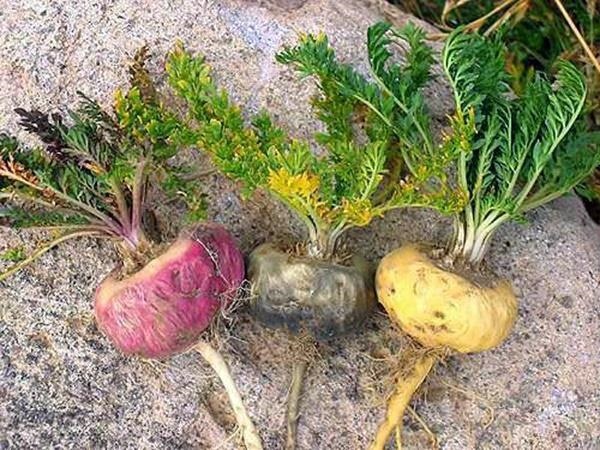Nutrition 16:24
Functional health and wellness
The Amazing Maca

Native to the peaks of the Andes Mountains in Peru, maca is a tough little plant that can withstand harsh weather conditions. Hardy against frost and strong winds, maca is wonderfully resilient. Likewise, its properties also support our own bodies’ natural ability to withstand stress.
Like ashwagandha and eleuthero, maca is an adaptogen. In short, that means that it helps our bodies adapt to stressors, both physical and emotional.
Lepidium meyenii has been used by Peruvian cultures for thousands of years. Its earliest recorded use goes back to 3800 B.C., with cultivars of maca being found in archaeological dig sites dating back to 1600 B.C.

Maca is rich with antioxidants and nutrients. It contains vitamin C, copper, iron, as well as over 20 amino acids. An ounce, or 28 grams, worth of maca root powder contains 20 g carbohydrates, 4 g protein, and 1 g fat.
Although the maca you’ll find at your local health food store is likely in powder form, maca looks remarkably like a turnip. These two plants are actually in the same family! Maca is from the Brassicaceae family, which also includes broccoli, cabbage, radishes, kale, watercress, and more.
Benefits:
- Supports energy/mood
- Studies have shown maca has positive effects on mood and energy. Dr. Axe writes, “It remains unclear exactly how maca increases energy levels, but it’s believed to help prevent spikes and crashes in blood sugar and maintain adrenal health, which regulates mood and energy throughout the day.”
- Enhances memory/cognitive function
- One study showed that maca improved cognitive function, motor coordination, and endurance.
- Supports sexual health
- Long been used as an aphrodisiac, maca root is great for men’s and women’s sexual health.
- Hormone Balancing
- Improved Endurance and Stamina
- Maca was found to increase swimming endurance in a study where rats were supplemented with lipid-soluble maca.
How to Use:
- In Oatmeal
- Add a teaspoon of maca powder to your oatmeal. Its nutty, butterscotch taste complements flavors like peanut butter and cinnamon.

- In Smoothies
- Add 1 tsp of maca powder to your morning smoothie to support your energy. Delicious in a chocolate peanut butter smoothie, and also works well with fruits like strawberry and blueberry.

- In Pill form
- Maca can also be conveniently taken as a capsule.
Resources:
https://www.karger.com/Article/Abstract/264618
https://draxe.com/nutrition/top-5-maca-root-benefits-and-nutrition/
https://www.hindawi.com/journals/ecam/2016/4394261/
https://nutritiondata.self.com/facts/custom/2193874/0
https://pubmed.ncbi.nlm.nih.gov/17543435/
https://herbs-america.com/history-maca-root/
https://www.gaiaherbs.com/blogs/herbs/maca